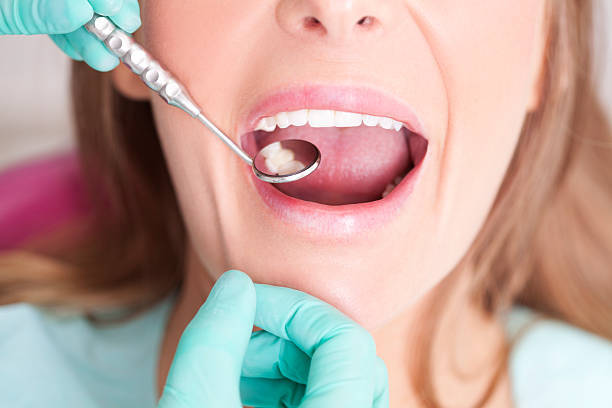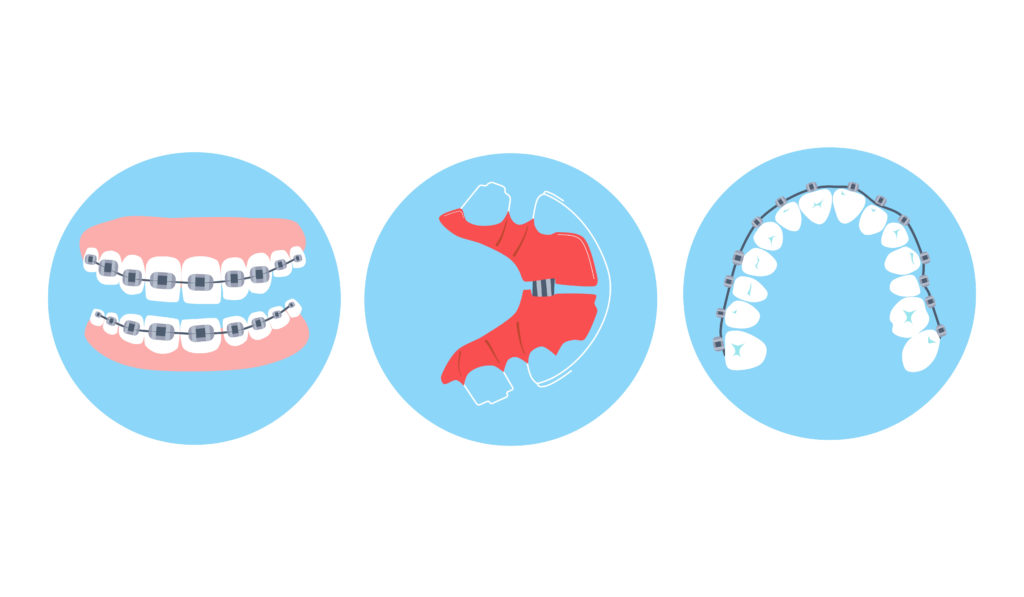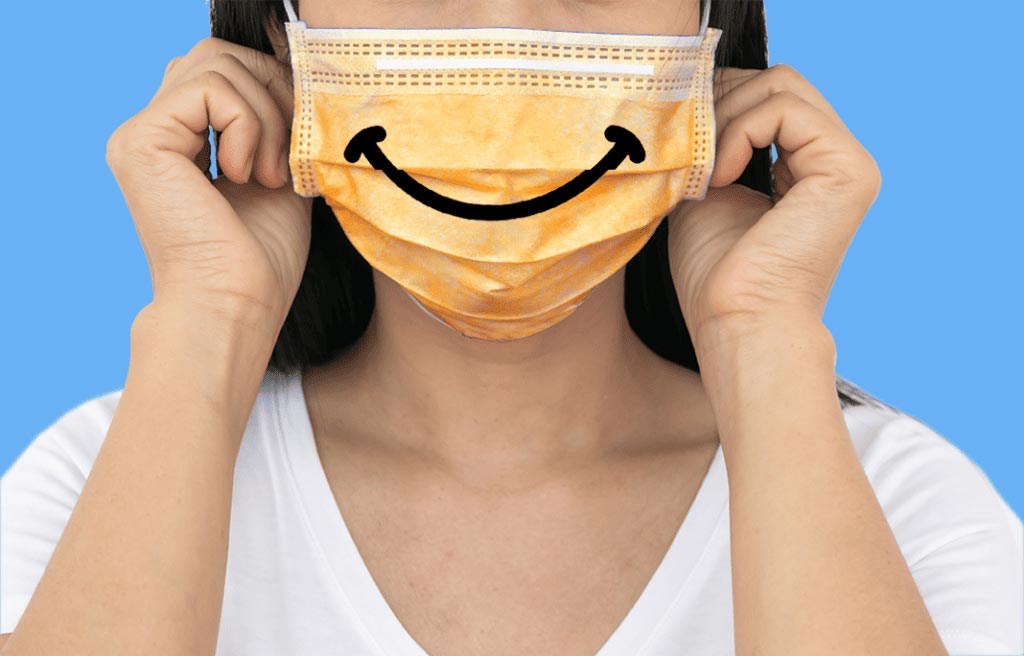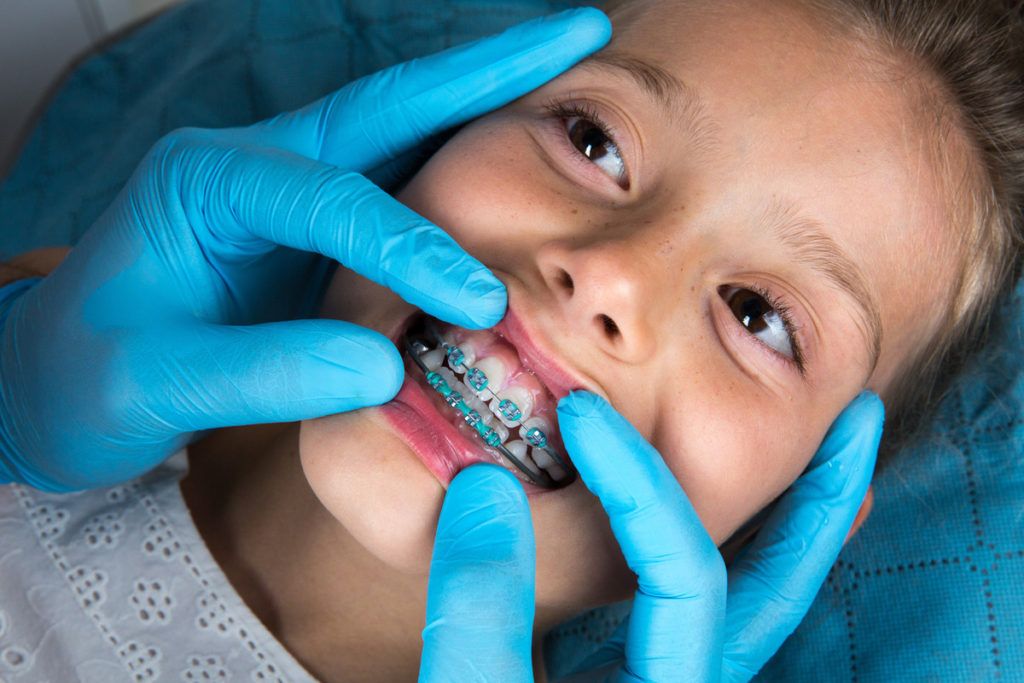July 15, 2021
The idea of needing a cavity filled is typically not a pleasant one for most patients.
The good news, however, is that modern technology has rendered the entire process nearly painless, and we even have a variety of material options for fillings depending on the patient’s unique circumstances and desires!
And don’t worry — getting a filling can be completed and will not impact your braces so long as it is taken care of in a timely manner. Here’s what you need to know:
What Are Fillings?
A filling is a dental solution, sometimes formulated using different composites or materials, designed to restore teeth.
Most commonly, patients will need a filling when their dentist has located a cavity. Otherwise, fillings are also used to repair and remedy teeth that have suffered damage, be it a crack from physical trauma or surface erosion from teeth grinding.
The only question, then, is which type of filling material you may need.
“Your dentist considers materials to use on an individualized basis, taking into account the size and location of your cavity,” the American Dental Association (ADA) explains. “Cosmetic considerations, how long the filling could last, insurance coverage, and out-of-pocket costs are some other factors you might want to consider.”
What Are The Different Types Of Fillings?
If you’re looking for a brief overview of the pros and cons of different filling types, we’ve got you covered! Simply take a look below at the four primary filling materials:
- Gold — The longest lasting of all filling materials, gold alloy fillings are strong and will easily withstand the forces applied against them while chewing. However, they do not match the color of the tooth and, according to Crest, they cost up to six (or even ten) times more than that of traditional amalgam fillings.
- Glass Ionomer — Glass ionomer fillings match the appearance of the tooth more closely and even release fluoride once in place. They’re usually placed near to the gum line, such as when a patient has root caries. However, they do take longer to apply and are not as strong as other filling materials.
- Amalgam — One of the most affordable and commonly used filling materials, amalgam is a metal composite that is durable and lasting. The major drawback for most patients, however, is that amalgam is silver and will be plainly visible against the color of the tooth. Amalgams also do not bond to the tooth itself.
- Composite Resin — Composite resin fillings are popular in that, out of the different filling materials, this one will most closely match your tooth color, therefore being relatively hard to notice. Composite resin is strong and binds to the teeth, albeit it costs more than amalgam. This resin material may also require more time in the dentist’s chair to complete.
What If I Need A Filling?
As we said before, if you need a filling while your braces are still on, that’s okay! Keeping your dental health optimized while undergoing orthodontic care is of the utmost importance, so please don’t feel as though you have to put off a filling for the sake of your smile’s alignment.
In fact, many patients with overcrowded teeth need fillings precisely because of their misalignment! Therefore, fillings and braces are sometimes inevitable.
And if you have further questions on the matter, or if you’re ready to reimagine your smile, don’t hesitate to contact SouthShore Orthodontics! We can’t wait to offer you exceptional results in a welcoming environment. Call us today at 813-815-0080 to learn more!










